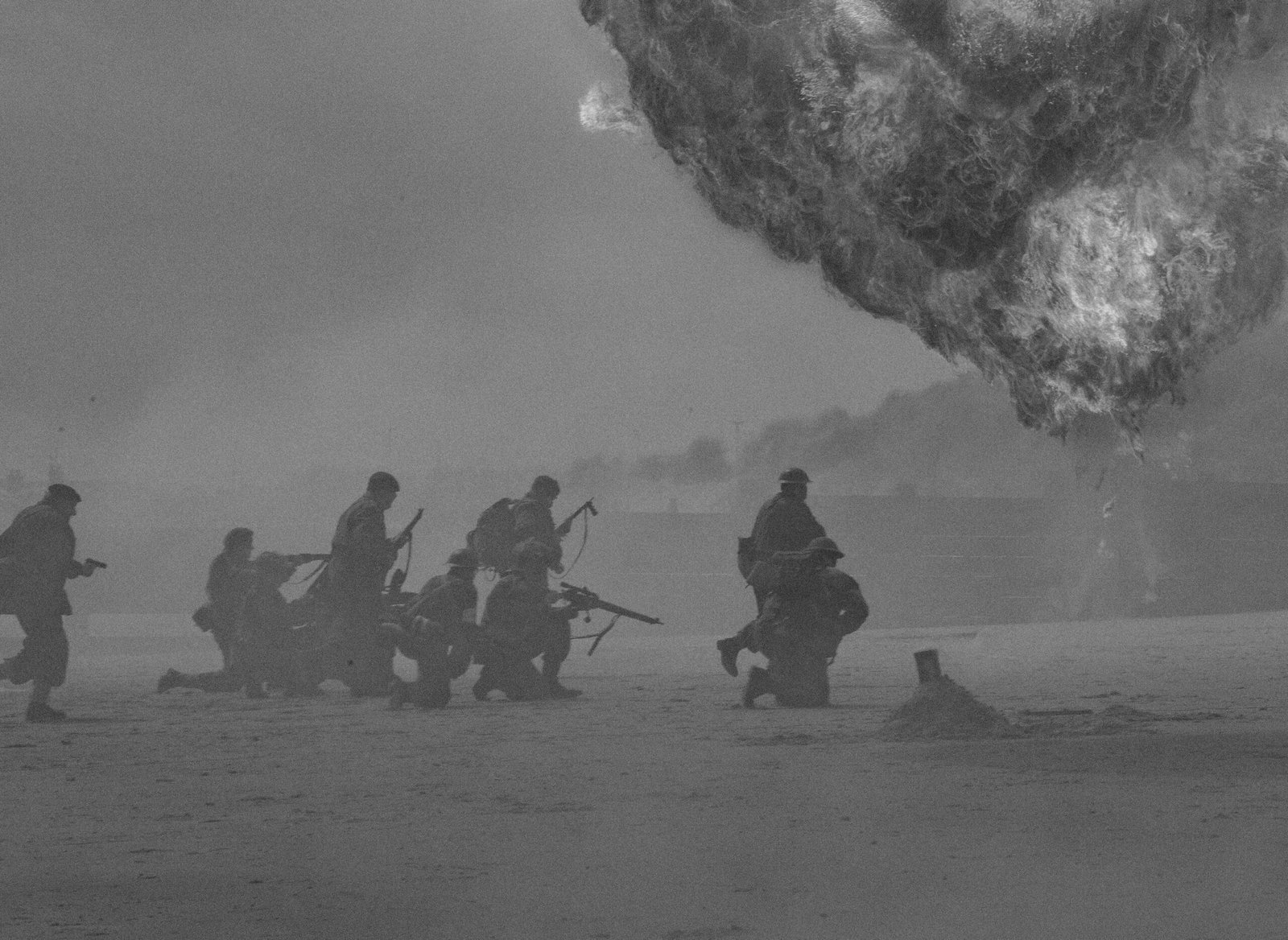Historical Context and Planning of D-Day
By 1944, World War II had reached a critical juncture. The Axis powers, led by Nazi Germany, had extended their control over vast portions of Europe. The Soviet Union, bearing the brunt of the Eastern Front, was urging the Allies to open a Western Front to alleviate the immense pressure. This geopolitical necessity underscored the urgency and strategic importance of what would become known as D-Day – Operation Overlord.
The meticulous planning of Operation Overlord involved a coalition of forces from the United States, Britain, Canada, and other Allied nations, under the supreme command of General Dwight D. Eisenhower. The complexity of the operation demanded unprecedented coordination and logistics. Eisenhower’s leadership was pivotal in unifying the diverse strategies and ensuring coherent execution across multiple military branches. His role was instrumental in galvanizing the Allied forces towards a common objective: the liberation of Europe from Nazi occupation.
To ensure the success of the invasion, the Allies employed innovative strategies and rigorous planning. One of the critical elements was the use of deception tactics, most notably Operation Bodyguard. This operation aimed to mislead the German High Command about the actual location of the invasion. Through a series of elaborate ruses, including the creation of a fictitious First U.S. Army Group (FUSAG) supposedly led by General George Patton, the Allies successfully diverted German attention away from Normandy. This strategic misdirection was crucial in achieving the element of surprise on June 6th, 1944.
Key figures such as General Bernard Montgomery and Admiral Bertram Ramsay also played significant roles in orchestrating the amphibious assault and ensuring naval supremacy. The planning phase was characterized by extensive reconnaissance, intelligence gathering, and the development of specialized equipment like the Higgins boats, which were essential for the beach landings.
Historical documents and expert analyses, including those from the Eisenhower Presidential Library and the Imperial War Museums, provide valuable insights into the exhaustive preparations and strategic foresight that underpinned Operation Overlord. These sources highlight the monumental effort and international collaboration that culminated in the pivotal moment of 6th June 1944: D-Day – Operation Overlord, marking a decisive turning point in World War II.
Execution and Impact of the Normandy Invasion
On June 6, 1944, known as D-Day or Operation Overlord, the Allied forces executed a meticulously planned invasion along the Normandy coast. The operation commenced under less than ideal conditions, with rough seas and overcast skies. Despite these challenges, the Allied forces landed on five designated beaches: Utah, Omaha, Gold, Juno, and Sword.
The landings at Utah Beach were relatively successful, though the troops faced scattered resistance due to a miscalculation that led to their landing a mile off target. Conversely, Omaha Beach presented some of the most grueling conditions. The fortified German defenses, including machine gun nests and artillery, resulted in a high casualty rate. Out of the approximately 34,000 troops that landed on Omaha, nearly 2,000 were killed or wounded. The Allies faced fierce opposition, and it was only through immense bravery and coordination that they were able to secure the beachhead.
Gold, Juno, and Sword beaches saw varied levels of resistance. At Gold, British forces encountered heavy artillery fire but managed to push inland by the end of the day. Canadian forces at Juno faced strong defenses and rough seas, leading to significant casualties, but ultimately secured their objectives. Sword Beach, assaulted by British troops, saw initial success, but the advance was slowed by German counterattacks.
The bravery displayed by the Allied forces during the Normandy invasion was pivotal. Despite the high casualty rates and fortified German defenses, their determination and strategic planning led to the establishment of a crucial beachhead. This successful landing enabled the Allies to bring in additional troops and equipment, setting the stage for further operations in Western Europe.
The immediate impact of D-Day was profound. Within a week, the Allies had landed over 326,000 troops, 50,000 vehicles, and 100,000 tons of equipment. This massive influx of resources and manpower allowed for the liberation of Paris by the end of August 1944. Additionally, the Normandy Invasion significantly weakened Nazi Germany’s grip on Western Europe, disrupting supply lines and morale.
Long-term, D-Day marked a turning point in World War II. It facilitated the eventual Allied victory in Europe by paving the way for subsequent operations that pushed German forces back towards Berlin. The success of Operation Overlord also showcased the effectiveness of Allied coordination and strategy, proving to be a decisive factor in the ultimate defeat of Nazi Germany.
Historical analyses and firsthand accounts underscore the significance of D-Day. Military records reveal the sheer scale of the operation, while testimonies from soldiers who fought on those beaches provide a poignant reminder of the bravery and sacrifice involved. The Normandy Invasion remains a testament to the strategic ingenuity and resilience of the Allied forces, forever marking June 6, 1944, as a pivotal moment in the history of World War II.

